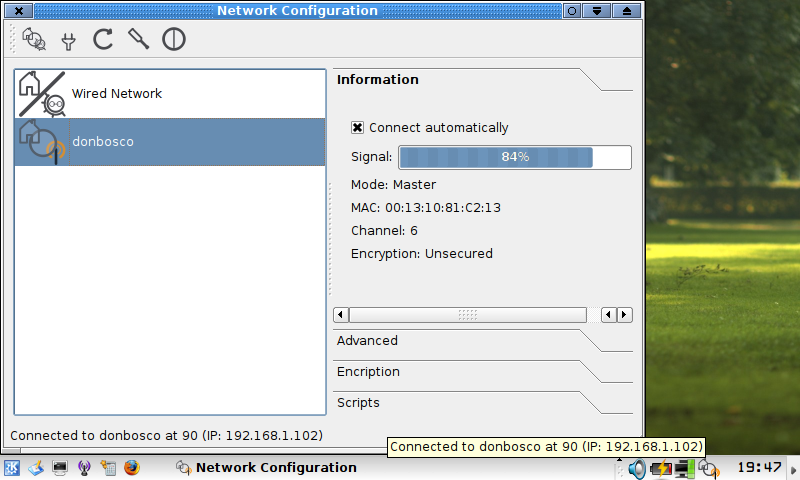Text-based presentations
There have been a few posts on planet KDE about text-based presentation tools (1 , 2 , 3) and while their solutions are all probably better than mine, I have to say I did something in the area about a year ago.
Since I like restructured text and PyQt that's what it's based on, but you can just use it with vi and a wyse60, if you want.
My project is called Tobogan and it has a working version.
It has a GUI, but let's ignore it for this post about text-based software ;-) and show the text behind it:
=============== Why use Tobogan =============== ------------------- (If you are a nerd) ------------------- :transitions: from_left,to_left,from_top,to_top,from_right,to_right,to_bottom,fade_out It's nerd-oriented ------------------ It's trivial to display source code, with proper syntax highlighting. .. code-block:: python from base64 import * def myFirstFunction(): print b64decode ('YnllIHdvcmxkIQ==') Even for things like shell sessions. Dammit, I am a nerd, I will try to add every nerd feature I deem cool. It does things simply --------------------- This is a subtitle? =================== Wanna show a flickr photo? .. code-block:: rst .. flickr:: myPhotoTitle How about using openomy.com to share your files? And whatever else you can think of, it probably **can**\ be done. .. footer:: Smart thing goes here
And here is the result after running rst2sl.py on it.
Hints:
If you move the cursor to the top, you will get (broken?) previous/next arrows
If you click on the window, you get to the next slide.
I have not touched this in almost a year, and it would need lots of love, but it's not a bad concept, IMVHO.
